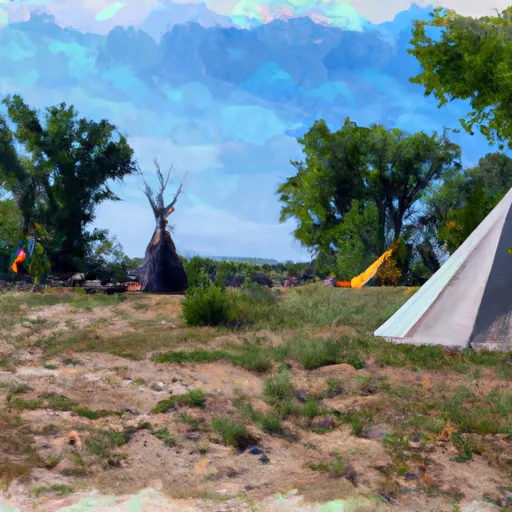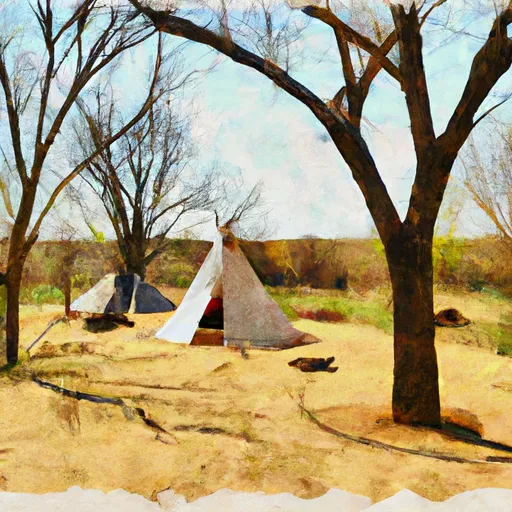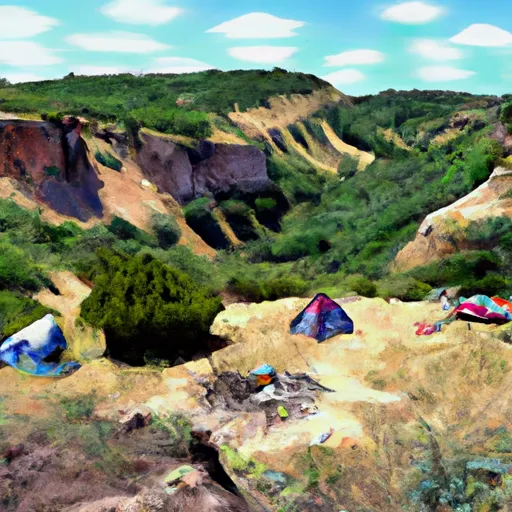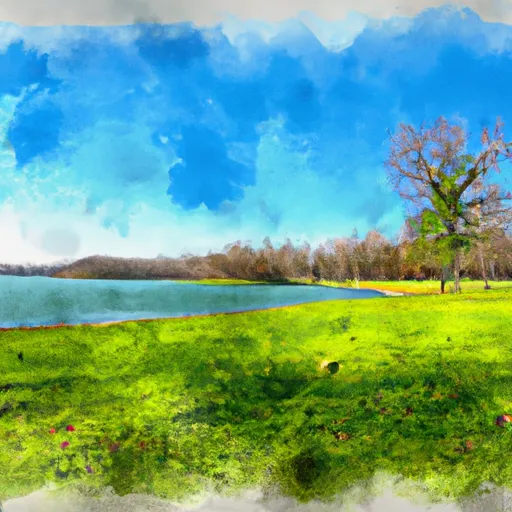Summary
Its climate is characterized by four distinct seasons. Summers are hot and humid with temperatures averaging in the high 80s to low 90s Fahrenheit (around 31-35°C). Winters are cold with temperatures ranging from the 20s to 40s Fahrenheit (-6 to 4°C). Spring and fall bring mild and pleasant weather.
Hydrologically, Kansas City is situated along the Kansas and Missouri Rivers and is part of the larger Missouri River Basin. These rivers provide a source of water for the city and offer opportunities for outdoor activities such as boating, fishing, and kayaking. The area is also home to various small lakes and reservoirs, further enhancing water-based recreational opportunities.
Kansas City boasts an array of outdoor recreation opportunities. The city's numerous parks, such as Wyandotte County Lake Park and Shawnee Mission Park, offer hiking and biking trails, picnic areas, and scenic views. Sporting enthusiasts can enjoy golf courses, soccer fields, and baseball diamonds throughout the city. Additionally, Kansas City is home to the Kansas Speedway, a renowned motorsports complex hosting various racing events.
In summary, Kansas City, Kansas experiences a diverse climate with distinct seasons. Its hydrology features the Kansas and Missouri Rivers, providing water sources and opportunities for outdoor activities. The city's parks, lakes, and sports facilities offer a wide range of recreational opportunities for residents and visitors alike.
Weather Forecast
Kansas-City receives approximately 951mm of rain per year, with humidity levels near 81% and air temperatures averaging around 14°C. Kansas-City has a plant hardyness factor of 6, meaning plants and agriculture in this region thrive during a short period during spring and early summer. Most plants will die off during the colder winter months.

 Tepee 3
Tepee 3
 Tepee 2
Tepee 2
 Tepee 1
Tepee 1
 Lost Mine
Lost Mine
 Baloo
Baloo
 Carson
Carson
 Big Eleven Lake Park
Big Eleven Lake Park
 Northrup Park
Northrup Park
 Split Log Park
Split Log Park
 Heathwood Park
Heathwood Park
 Edgerton Park
Edgerton Park